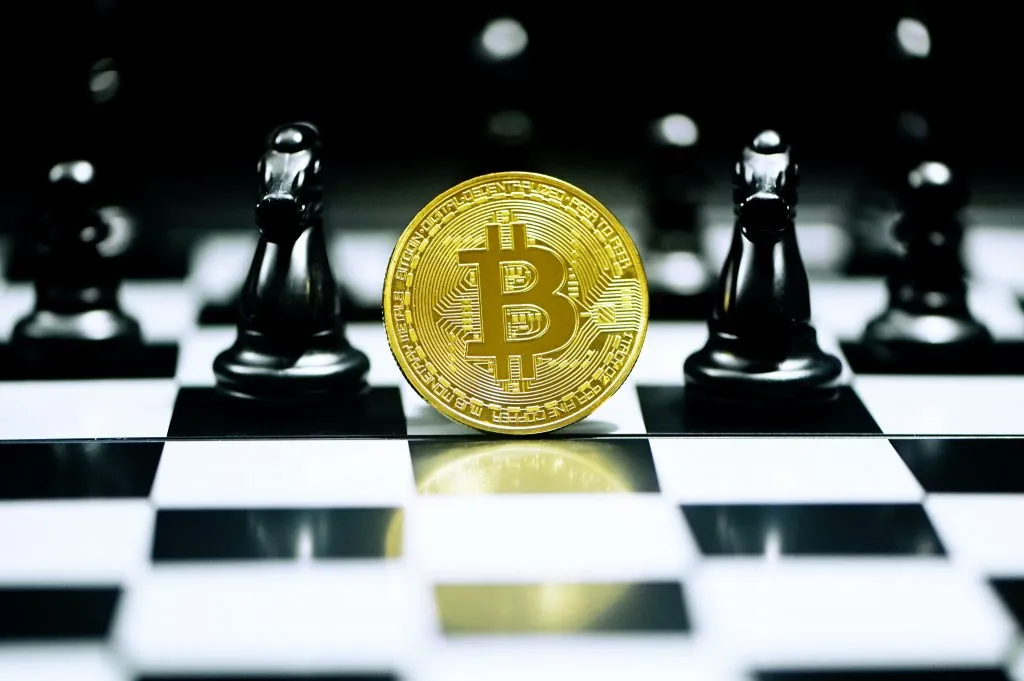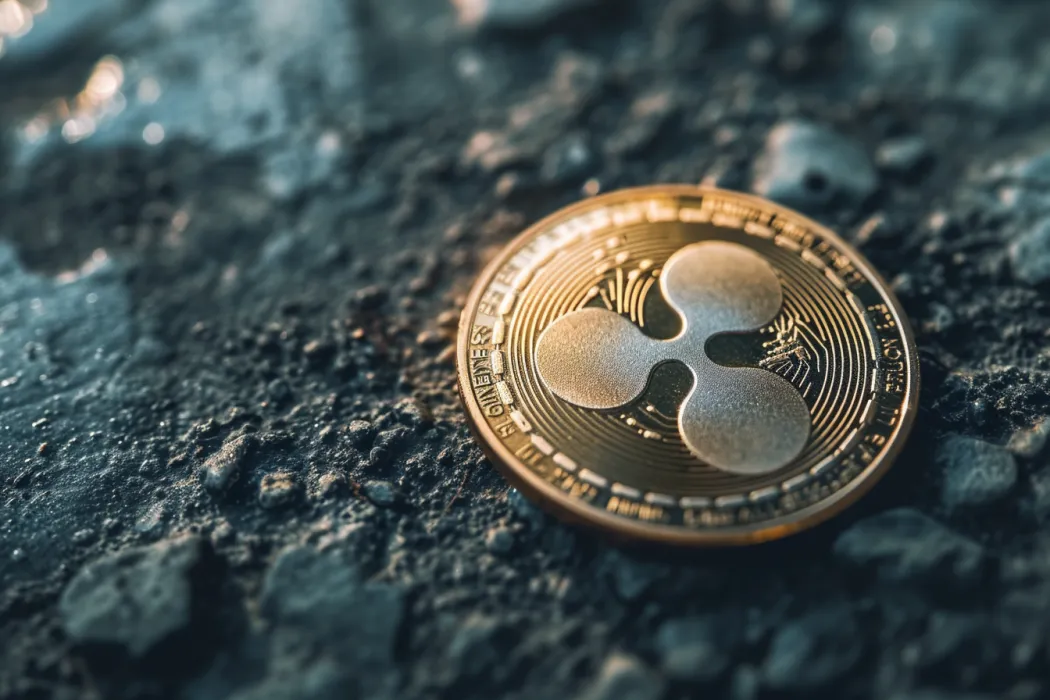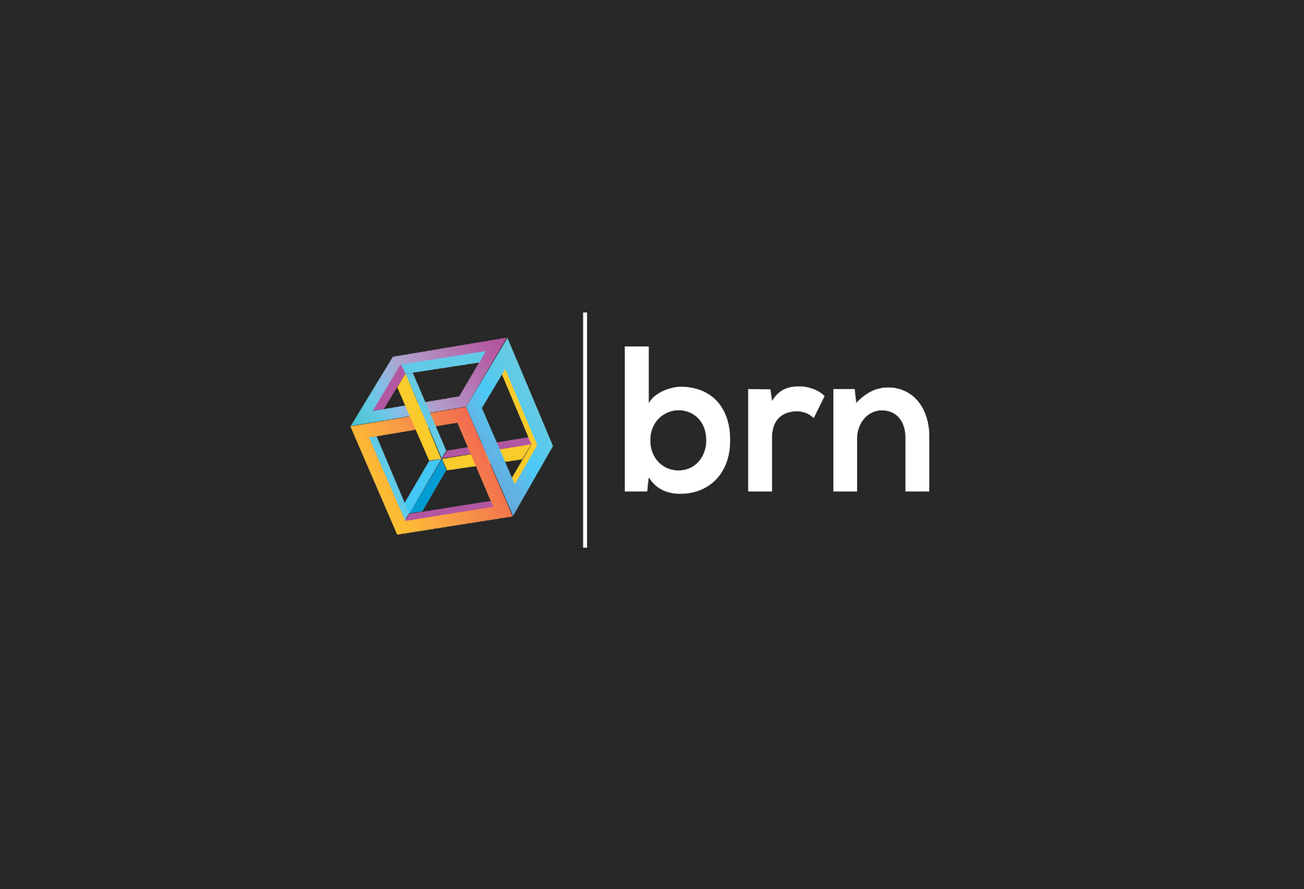Table of Contents
Bitcoin. The granddaddy of cryptocurrencies. The OG of digital assets. The nemesis of the alt-coin generation. As the world anxiously awaits Web 3.0, the question of Bitcoin’s role in next-gen internet is heating up. Its lack of utility and its likening to ‘digital’ gold have alienated Gen Zs who regard Bitcoin as an antiquated technology that solely appeases a by-gone era of crypto. However, with the crypto winter plunging prices downwards, is bitcoin worth considering ahead of Web 3.0?
When bitcoin reached its all-time-high last year, my colleague and self-proclaimed blockchain expert boldly published an article explaining why she refuses to invest in it and made a compelling case that bitcoin severely lacks in utility compared to some altcoins, and thus offers no fundamental scalability.
Just as a stopped clock is right twice a day, she too was unusually correct. Indeed, bitcoin does not allow for the development of smart contracts, which means financial agreements with pre-established conditions such as loans cannot be supported.
When compared to networks such as Ethereum, Fantom (which is amazing, read here for more info) and Solana, Bitcoin feels inferior and falls short of newer coins’ technical prowess.
However, Bitcoin’s inability to offer the same technical superiority of its competitors could just be where its value lies. Whilst my colleague quite rightly highlights, blockchains and cryptocurrencies should not be conflated. But similarly, the purpose bitcoin serves and the purpose altcoins serve should also not be conflated.
Bitcoin vs. Networks
Altcoins offer networking layers that compete on scalability, speed and transaction volume. Each project tends to offer their own blockchain systems. For example, Fantom’s validation technology is built on a Directed Acyclic Graph (DAG). It’s truly impressive stuff, but the overly competitive market of these networking layers means that few will survive in the end. The job of crypto investors is to determine which coins and projects will drive Web 3.0, which will fail, and ultimately, which will be the last standing.
Blockchains offered by these altcoins are imperative to the foundation and success of potential metaverses, which is why their value is so sought after ahead of Web 3.0. As competition intensifies and gas fees are eliminated, these altcoins will continue to battle for dominance.
As Web 3.0 users, competition in the space is fantastic because we’ll theoretically end up with the most efficient blockchain networks supporting the system. However, it’s also good news for Bitcoin, because Bitcoin has no skin in the game – at least not in the same game. Yes, Bitcoin bulls are hoping the OG cryptocurrency will extend its reign from the Web 2.0 era into Web 3.0, but its purpose differs vastly from altcoin networks.
Whilst altcoins essentially operate as businesses offering competing networks, Bitcoin offers an entirely different investment proposition (which we’ll discuss later).
What’s more, Bitcoin offers a hedge if these competing networks consolidate or fail. As much as I love Fantom, there’s a chance another competitor could sprout up on Web 3.0 and outperform it. If so, Fantom could be reduced to nothing. There’s no risk of this happening to Bitcoin, at least in terms of competition. Additionally, if the metaverse fails to take off, these altcoin networks will also suffer. Bitcoin is not just a hedge against traditional economics, but serves as a hedge against altcoins, networks and the metaverse too.
Essentially altcoins operate as, and offer the market ‘network companies’. Bitcoin operates and offers the market a monetary good.
More Than Just Gold
We’ve all heard it a million times, but let’s get it out of the way – Bitcoin is digital gold. It’s scarce, just like gold. It’s valuable, just like gold. And to some extent it’s quite the flex to own, just like gold. Bitcoin even serves a similar purpose as gold economically by being a hedge against inflation.
However, whilst gold has traditionally been the stable commodity for economic turmoil, Bitcoin does a more efficient job in the real world. At times of severe political and economic distress, citizens fleeing the country are never seen hauling sacks of gold bars across state borders. At best, mobs of angry and fearful people are seen flocking to banks to withdraw their life savings, which have been reduced to nothing due to hyperinflation or worse.
Gold’s popularity has historically been tied to its liquidity but in today’s age, converting gold to cash is not as effortless as liquidating digital assets.
On the other hand, digital wallets holding bitcoin are obviously portable, and can be used to fall back on at times of economic turmoil. What’s more, bitcoin is far more liquid than gold. Owning a bar of gold is one thing, but selling it for its actual value is another story. Even without economic chaos, jewellers are unlikely to buy the bar from you without taking a cut. During civil unrest, the global price of gold and the local price of gold will drastically vary. Bitcoin is not vulnerable to any of this.
Additionally, unlike gold, bitcoin cannot easily be faked. Thanks to blockchain technology, verification is not only efficient, it’s incredibly easy to achieve (from a user’s perspective). Conversely, it takes an expert in gold to ensure that the bar under your bed is legit.
Adoption
Last year, the dreams of bitcoin bulls were fulfilled by El Salvador: the first country to make Bitcoin legal tender. Although El Salvador is the smallest country in Central America, its Bitcoin adoption will be monitored by its bigger brothers. According to a YouGov survey, 61% of US adults do not oppose the idea of the US adopting Bitcoin as legal tender. Of course there’s a plethora of political intricacies that need to be unravelled before the US can even realistically make the move, it’s clear that there’s a hunger for a wider adoption of Bitcoin.
Russia is reportedly considering the move too, and India is recognising crypto as a fiscal revenue generator opportunity by slamming a 30% tax on digital assets.
As it stands, regulators across the world are scratching their heads about their approach to cryptocurrencies, but they inevitably must play ball. Bitcoin leading the pack will benefit the most.
According to Crypto.com, there are currently 292 million crypto users globally as of November 2021. Compared to the 4.72 billion internet users across the world, the number of crypto users is a drop in the bucket. From January 2021 to November 2021, crypto users grew 175%. Adoption growth of cryptos has nowhere to go but up.
Utility
As mentioned, bitcoin’s utility in terms of smart contracts and building projects in Web 3.0 is nascent – its “taproot” upgrade is bringing smart contract capabilities, but it’s still a while to go before there’ll be projects built on it. But as a leading cryptocurrency, bitcoin’s utility lies in real-world applications.
According to Bitcoin Magazine (yes, the potential bias did occur to us), Bitcoin’s Lightning Network – a Layer 2 payments protocol – is extremely successful in facilitating payments in real-life events. The Lightning Network opens a peer-to-peer channel between merchants and customers, allowing them to send instantaneous transactions on a separate, more scalable network.
Once the two parties stop transacting, the channel is then closed and transactions are consolidated and added to the main Bitcoin ledger (the Layer 1). There is no max TPS as a single channel can process up to 250 TPS, and there’s no limit to the number of channels that can join the Lightning Network.
“This is what [bitcoin] was designed for — to act as a payment processor for merchants who wish to eliminate fees from middle men, bring in new customers and use 21st-century technology in their business,” the publication stated.
“Overall, this new system will improve both customer and merchant experiences which will lead to continued adoption worldwide.”
In our daily lives, digital payments are far from an uncommon practice. Accelerated by the coronavirus pandemic, consumers paying through QR codes has become more favourable than paying with cold, dirty cash. Paying with bitcoin is just a small step from this, and adjusting to it is seemingly effortless in the grand scheme of things.
Price
Despite sitting in the five-figure range, all of the above suggests there’s still a growth story behind Bitcoin. Thanks to bitter market sentiment, Bitcoin’s price has been heavily suppressed from its 2021 peak and all time high of US$68,000. Now sitting at just under the US$40,000 mark, bitcoin is not exactly “cheap”, but could be worth picking up.
However, it’s worth noting that bitcoin might emerge the winner of altcoin consolidation, Web 3.0 and the potential demise of altcoins is an extremely long term speculation. In the meantime, and well into the infancy of Web 3.0, altcoins are likely to see more volatility and thus bigger percentage jumps.
Furthermore, there are yet to be compelling signs of the “crypto winte”’ easing up. With the Fed yet to fully reveal their cards with regards to interest rates, the markets continue to remain vulnerable to intense fluctuations. In other words, a lower entry point for bitcoin is certainly not implausible.
To consider Bitcoin at this point, investors will need to weigh their investment strategy. Long-term holders are encouraged to pick up Bitcoin at current levels, and should find solace in any short-term discounts that lie ahead. But the impatient ones (of which there are many in the crypto world) should capitalise on the volatility of altcoins. Even tech stocks were more volatile than Bitcoin. Short-term opportunities are rife in the crypto market, but least so in Bitcoin.









